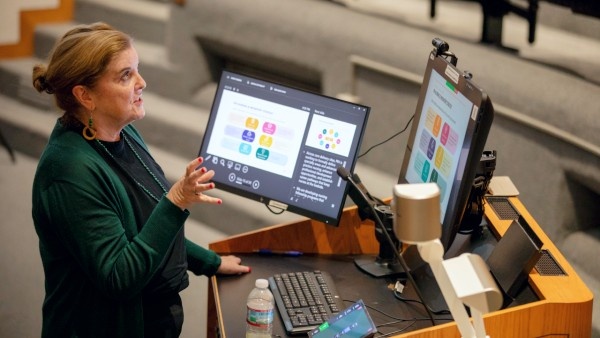The College of Nursing is dedicated to research excellence. Our faculty generates creative solutions to the issues impacting our world, including health disparities.
- Get Health Care
- About
- Giving
- Find Faculty
- Library
- Rush U Portal
-
I am a...
Select from the list below to customize your experience: Select a new categoryI am a:
- Get Health Care
- About
- Giving
- Find Faculty
- Library
- Rush U Portal
-
I am a...
Select from the list below to customize your experience: Select a new categoryI am a:


